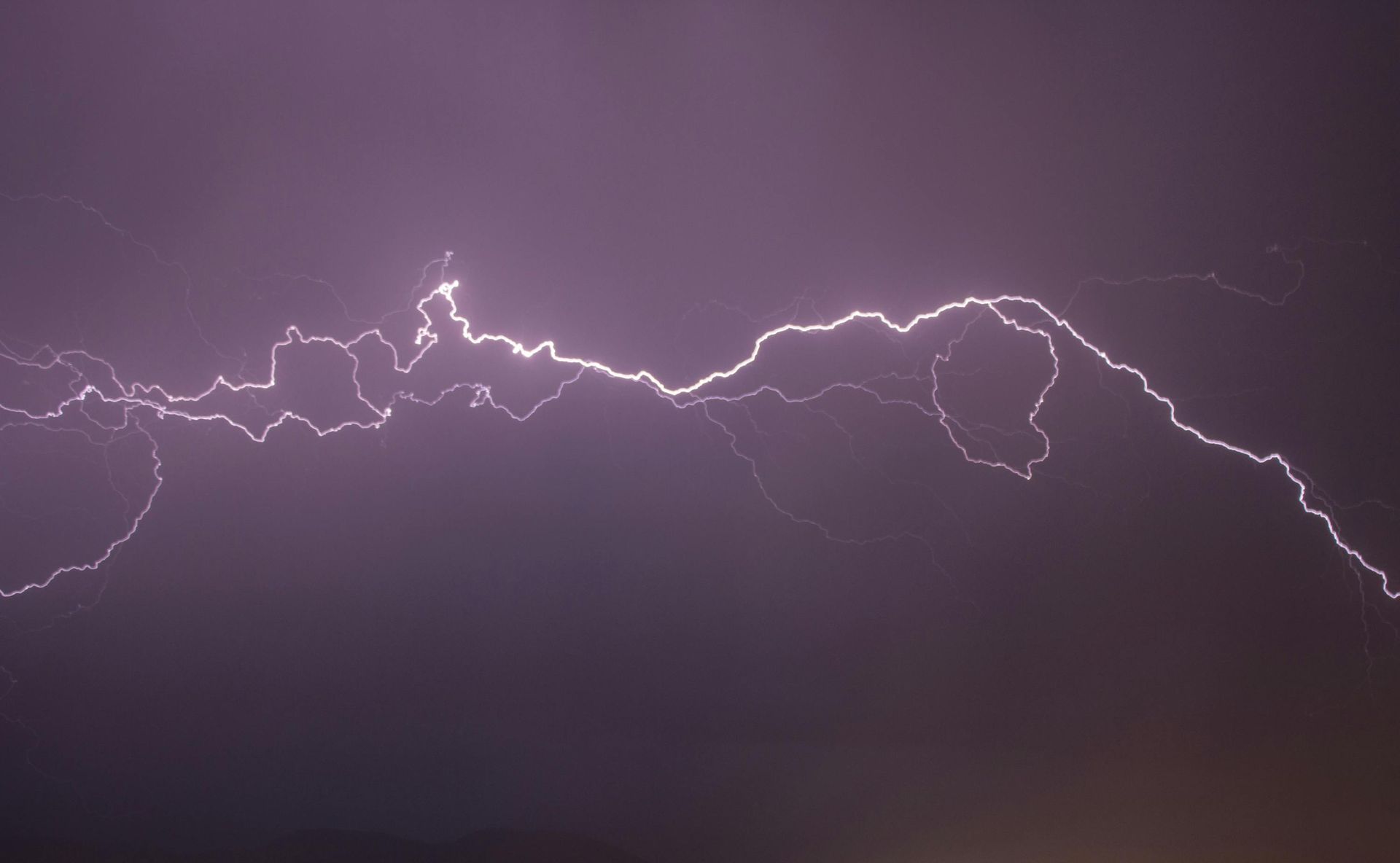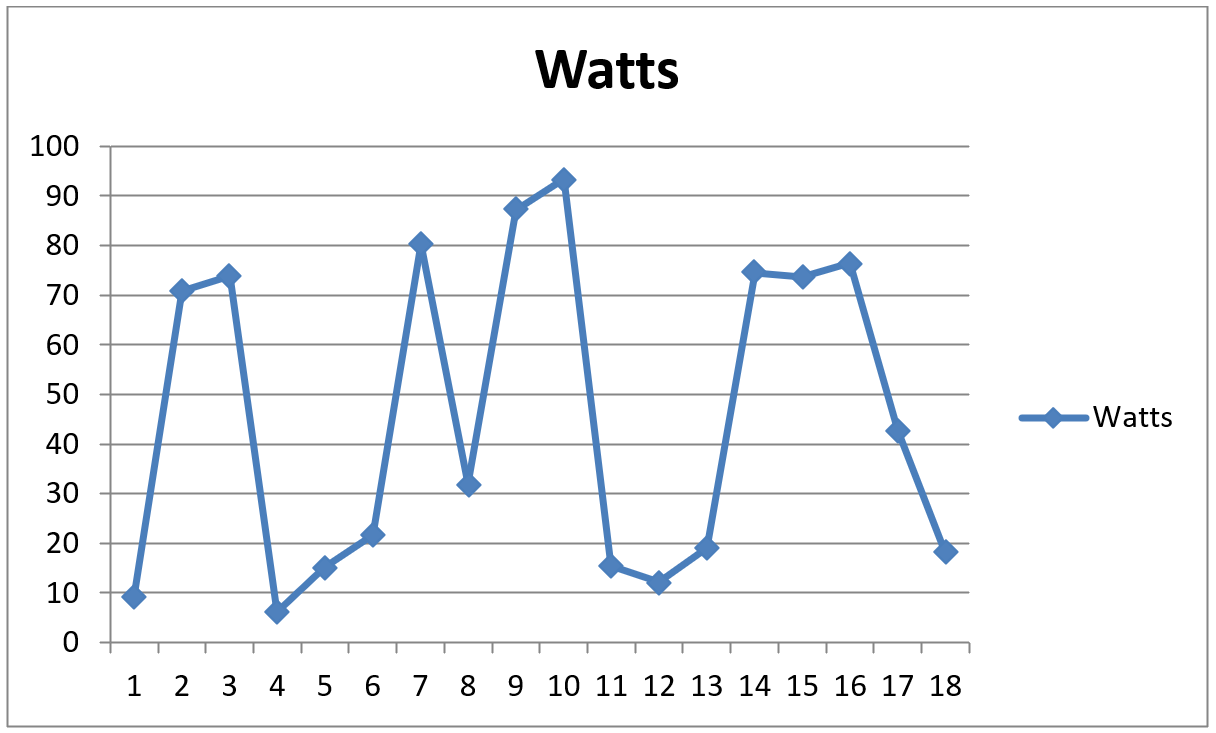Why Lima Homeowners Are Choosing Solar Panels in 2025
Why Lima Homeowners Are Choosing Solar Panels in 2025
Lima, Ohio homeowners are making the switch to solar energy in record numbers during 2025, driven by compelling financial incentives, environmental consciousness, and the urgent deadline for federal tax credits. Here's why 2025 represents a critical decision point for Lima residents considering solar energy.
Federal Tax Credit Deadline Creates Urgency
The primary driver behind Lima's solar surge is the approaching expiration of the federal solar tax credit. The 30% federal tax credit ends permanently on December 31, 2025 , representing a dramatic change from previous timelines and creating a final opportunity for maximum savings.
For Lima homeowners, this deadline means potentially losing thousands of dollars in savings. A typical residential solar system costing $20,000 qualifies for a $6,000 federal tax credit in 2025, but no credit at all in 2026.
Economic Benefits Driving Lima Solar Adoption
Immediate Financial Impact: The 30% federal tax credit provides direct dollar-for-dollar savings against federal tax liability. Unlike deductions, this credit reduces actual taxes owed, making it one of the most valuable residential energy incentives available.
Long-term Electricity Savings: Lima homeowners typically save $1,000-$1,800 annually on electricity costs with properly sized solar installations. Over a system's 25-year lifespan, these savings compound significantly.
Protection from Rising Rates: AEP Ohio and other local utilities have increased electricity rates consistently over recent years. Solar installations shield Lima homeowners from future rate increases while locking in predictable energy costs.
Home Value Increases: Solar installations typically add $15,000-$30,000 to home values in Lima, based on studies showing approximately $4 per watt of installed capacity.
Lima's Solar-Friendly Conditions
Adequate Solar Resources: Lima receives sufficient sunlight for effective solar generation, with peak production during summer months offsetting higher air conditioning usage.
Net Metering Benefits: Local utilities offer net metering programs, allowing Lima homeowners to sell excess solar production back to the grid at retail rates, maximizing system value.
Favorable Local Policies: Ohio's property tax exemption for solar equipment means Lima homeowners don't pay additional property taxes on their system's added value, while sales tax exemptions reduce upfront costs.
Why Lima Residents Can't Wait Until 2026
Unlike previous solar tax credit extensions that provided gradual phase-downs, the current expiration is immediate and complete. Key factors making 2025 crucial:
No Transition Period: The residential tax credit drops from 30% to 0% on January 1, 2026, with no intermediate steps or partial credits.
Installation Requirements: Systems must be fully installed and operational by December 31, 2025. Simply starting construction or signing contracts doesn't qualify for the credit.
Limited Installation Capacity: As more Lima homeowners recognize the deadline, installer schedules are filling rapidly. Early action ensures available installation slots.
Professional Installation Services in Lima
Lima's growing solar market has attracted qualified installation companies offering comprehensive services:
Licensed Contractors: Certified installers familiar with local building codes, permitting processes, and utility interconnection requirements ensure compliant, efficient installations.
Turnkey Services: Professional companies handle all aspects from initial consultation through final utility approval, minimizing homeowner involvement in complex processes.
Equipment Quality: Established installers offer high-quality panels, inverters, and mounting systems with strong warranties and proven performance records.
Financing Options Making Solar Accessible
Solar Loans: Many Lima homeowners choose $0-down financing options that eliminate upfront costs while preserving tax credit eligibility. Monthly loan payments often match or beat current electricity bills.
Cash Purchases: Homeowners with available capital maximize lifetime savings through cash purchases, with typical payback periods of 6-8 years in Lima's market conditions.
Important Lease Consideration: While solar leases exist, they don't qualify for federal tax credits since homeowners don't own the systems. Purchase options provide superior financial benefits in 2025.
Environmental Motivations
Beyond financial benefits, Lima homeowners increasingly choose solar for environmental reasons:
Carbon Footprint Reduction: Typical residential solar systems offset 3-5 tons of carbon dioxide annually, equivalent to planting dozens of trees or removing cars from roads.
Local Air Quality: Reduced dependence on fossil fuel electricity generation improves regional air quality, benefiting Lima's community health.
Energy Independence: Solar installations reduce reliance on external energy sources, contributing to local energy security and economic stability.
Technology Improvements Enhancing Value
Panel Efficiency: Modern solar panels generate more electricity per square foot than previous generations, maximizing production on Lima homes with limited roof space.
Inverter Technology: Advanced inverters optimize individual panel performance and provide detailed monitoring capabilities for system oversight.
Battery Integration: While not required, battery storage options allow Lima homeowners to store excess solar production for evening use or backup power during outages.
Local Market Trends in Lima
Neighborhood Adoption: Solar installations create visible examples for neighbors, driving interest as homeowners see successful local implementations.
Word-of-Mouth Recommendations: Satisfied Lima solar customers frequently recommend installations to friends and family, accelerating adoption rates.
Community Programs: Some Lima neighborhoods organize group purchasing programs or educational events, facilitating informed decision-making about solar investments.
Installation Timeline Considerations
Lima homeowners should understand typical installation timelines to ensure 2025 completion:
Consultation and Design (1-2 weeks): Initial assessment, energy usage analysis, and custom system design based on specific property characteristics.
Permitting Phase (2-4 weeks): Building permits, utility applications, and any homeowner association approvals required for installation.
Installation Period (1-2 weeks): Actual panel installation, electrical connections, and system testing typically require only a few days of on-site work.
Final Approvals (2-4 weeks): Local inspections and utility interconnection processes before system activation.
Total timeline: 6-12 weeks from initial consultation to activated system, making immediate action essential for 2025 completion.
Maximizing Solar Investment Value
Right-Sizing Systems: Professional analysis ensures solar systems match actual energy usage patterns, avoiding oversized installations while maximizing cost-effectiveness.
Optimal Placement: Experienced installers position panels for maximum sun exposure while considering roof structural integrity and aesthetic preferences.
Quality Components: Investing in tier-1 manufacturers and proven technology ensures long-term performance and warranty protection for Lima installations.
Common Concerns and Solutions
Weather Performance: Modern solar panels perform well in Lima's climate, including winter conditions. Snow typically slides off panels naturally, and cold weather can actually improve efficiency.
Maintenance Requirements: Solar systems require minimal maintenance beyond occasional cleaning and visual inspections. Professional monitoring identifies any performance issues quickly.
Aesthetic Impact: Contemporary solar installations integrate well with various architectural styles, and many Lima homeowners find them attractive additions to their properties.
Taking Action in Lima
Lima homeowners interested in solar should begin the process immediately given the approaching deadline:
Energy Assessment: Review recent electricity bills to understand usage patterns and potential solar system sizing requirements.
Property Evaluation: Consider roof condition, age, orientation, and any shading issues that might affect solar panel placement and performance.
Installer Research: Obtain quotes from multiple certified installers to compare pricing, equipment options, and installation timelines.
Financial Planning: Evaluate cash purchase versus financing options, considering tax implications and long-term financial goals.
Contract Execution: Once satisfied with installer selection, execute contracts promptly to secure installation scheduling and ensure 2025 completion.
The Lima Solar Advantage
Lima homeowners who act in 2025 position themselves for decades of energy savings while contributing to environmental sustainability and energy independence. The combination of favorable local conditions, professional installation services, attractive financing options, and the final year of maximum federal incentives creates an unprecedented opportunity for solar adoption.
The federal tax credit deadline represents both urgency and opportunity. Lima homeowners who recognize this timing can secure substantial savings while investing in clean energy technology that will benefit their households and community for years to come.
With installer schedules filling and the December 31, 2025 deadline approaching, Lima residents considering solar energy should begin their journey immediately to ensure they can complete installation while maximum incentives remain available.





